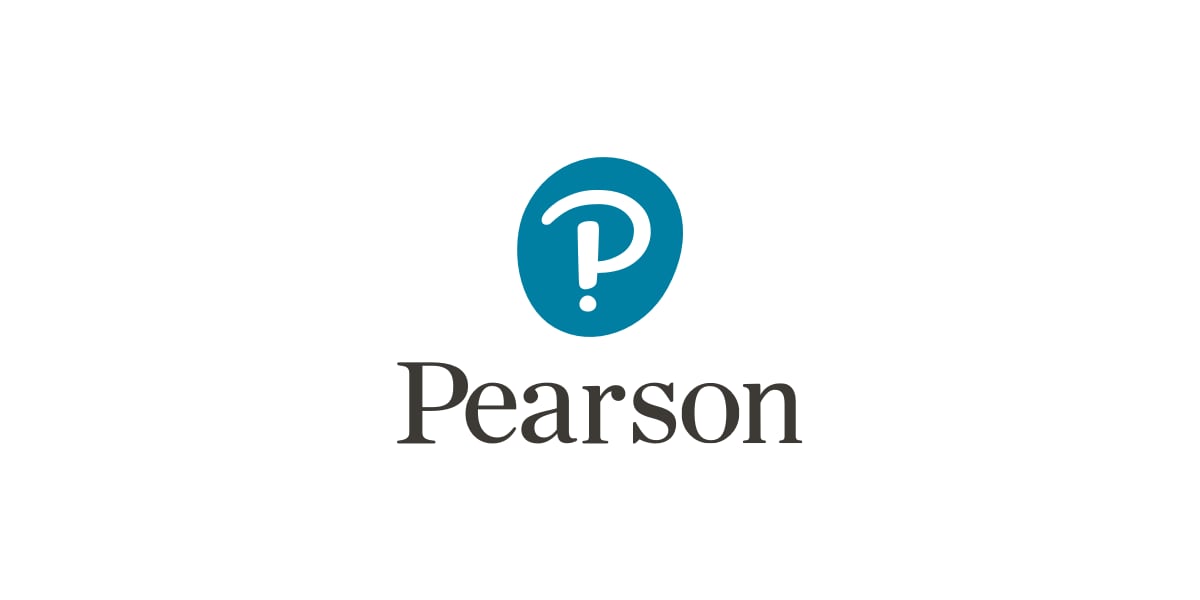Western Aphasia Battery-Revised
WAB-R- The Western Aphasia Battery-Revised (WAB-R) assesses linguistic skills most frequently affected by aphasia, plus key nonlinguistic skills, and provides differential diagnosis information. Adaptable to various administration settings from hospital room to clinic, it provides a baseline level of performance to measure change over time
Choose from our formats
-
Kits
Starter & complete kits, print & digital
1 option
From £584.40 -
Test forms & reports
Booklets, record forms, answer sheets, report usages & subscriptions
3 options
From £52.80 -
Support materials
Manuals, stimulus books, replacement items & other materials
3 options
From £125.00 -
All products
All tests and materials offered for WAB-R
7 options
From £52.80
-
WAB-R Complete Kit
9780158440866 Qualification Level BIncludes Examiner's Manual, Stimulus Book, 25 Record Forms, 25 Bedside Record Forms, Raven's Coloured Progressive Matrices Test Booklet and Manipulative set (includes 4 kohs blocks) in a bag
-
WAB-R Bedside Record Forms
9780158440842 Qualification Level BPack of 25
-
WAB-R Examiner's Manual
9780158440811 Qualification Level B -
WAB-R Stimulus Book
9780158440828 Qualification Level B -
WAB-R Record Form Part 1
9780158440835 Qualification Level BPack of 20
-
WAB-R WAB-R Q-global Stimulus Book
9780749116576 Qualification Level B -
WAB-R Record Form Part 2
9780158441016 Qualification Level BPack of 10
Overview
- Publication date:
- 2006
- Age range:
- 18 to 89 years
- Scores/Interpretation:
- Criterion Cut Scores
- Qualification level:
- B
- Completion time:
-
Full battery – 30-45 minutes, additional 45-60 minutes for the reading, writing, praxis, and construction sections
Bedside – 15 minutes - Administration:
- Q-global digital assets or paper
- Forms:
- Full Battery—Part 1 and Part 2 (Supplemental)—and Bedside Form
Product Details
|
WAB-R is an individually administered assessment for adults with acquired neurological disorders (e.g., as a result of stroke, head injury, dementia). It classifies the type and severity of aphasia disorder (if present) and gives a clinically valid baseline for diagnosis, prognosis and research. Uses & Applications
The WAB-R manual also includes a chapter on applications of the WAB-R for individuals with various types of dementia, including Alzheimer's, vascular, subcortical, and Primary Progressive Apahasia (PPA). New! Check out a recent publication on nearly 50 years of uses and applications to the WAB-R. FeaturesA full battery of 8 subtests (32 short tasks), the WAB-R includes:
Psychometric InformationThe original WAB was first standardized on a population of 150 individuals with aphasia and 59 controls. A second standardization was undertaken which included an additional 215 individuals with aphasia and 63 controls. Evidence of reliability and validity is found in the test manual and demonstrates strong performance as part of an assessment process for research and/or clinical use. An additional 20 participants (14 with aphasia, 6 without) completed new or adapted tasks for the WAB-R and data showed similarities in difficulty and frequency of use to the original items. Available scores and composites include:
Resources |
|
FAQs
|
Frequently asked questions follow. Click on a question to see the response
|


